For any healthcare organization, there are two agendas: the business agenda and the compliance program agenda. As the compliance officer, you will find that these two agendas serve as the platforms supporting the political games played around you.
The organization’s business agenda relates to the operational and financial goals of the organization. For example, what new service lines do we want to capture in our market? What does our patient volume look like? What percentage of insurance denials are we successfully overturning? These are just some of the potential aspects of an organization’s business agenda. If the organization provides care to patients, then providing high-quality and safe care is also part of that agenda. The organization’s business agenda lies in the background of many, if not all, of the decisions that healthcare leaders make every day. For that reason, many political games played by healthcare workers relate to advancing this agenda.
Separate from an organization’s business agenda is the compliance program’s agenda. Generally speaking, ensuring the organization and its workforce remain in compliance with all federal, state, and local laws and regulations is the compliance program’s agenda. More specifically, conducting investigations in response to identified issues is part of that agenda. Advising healthcare leaders regarding proposed business deals is part of that agenda. And promoting an organizational culture of compliance that encourages ethical conduct is part of that agenda. While not an all-inclusive list, these are representative of activities that support the organization’s compliance program agenda.
There are times when these agendas are aligned. For example, if an employee has breached a patient’s PHI, such an incident impacts both agendas. On the business side, there is potential reputational risk, as patients tend to lose trust in organizations that can’t handle their health information. If the breach is large enough, the organization is required to notify local media. A breach can also cause financial risk to the organization in the form of lost revenue as well as fines or penalties associated with a government investigation. Therefore, it is in the best interest of the organization’s business agenda to diligently address the issue. For compliance departments that oversee privacy investigations, it would also be in the best interest of the department’s agenda to respond to the matter. With any PHI incident, there is the potential for a government investigation to be triggered. If that happens, the government’s focus is going to be not only determining what happened, but also how the organization responded from an investigation standpoint. To that end, both agendas are aligned to ensure the organization responds appropriately.
There also may be times when these agendas conflict. For example, let’s say you work for ABC organization (ABC), who is seeking to do business with another healthcare provider, XYZ, P.C. (XYZ). The proposal is for XYZ offer a new physician service to ABC’s patients. In this scenario ABC is in a position to potentially increase revenue and its reputation in the community. That would advance ABC’s business agenda. If, however, XYZ is promising to inappropriately compensate ABC for Medicare or Medicaid referrals, that creates potential fraud and abuse concerns. That conduct would not support the ABC compliance program’s agenda. If ABC’s leadership just wants to do the deal and not muddy the waters by addressing the potential concerns, these two agendas are not going to be aligned. When that happens, a political battle now comes into play.
So how do you keep these agendas aligned?
Know the Business Side of Your Organization. Take time to know your organization’s business agenda. That means understanding the services offered, and your organization’s market (e.g., business partners and competitors). It also means understanding the strategic plan that has been set by the CEO and Board, Having this knowledge will help you relate to your healthcare leaders, understand the why behind the decisions they make, and anticipate questions they may be asking you.
Explain “the Why”. Another way to keep the agendas aligned is to explain the why behind your answers. If you are telling a leader “no” to a item on their business agenda, follow-up by explaining why the answer is “no.” Leaders are not as close to the regulations as you are, so you need to take the extra time needed to explain answers to them in order to help them better understand what they can and cannot do.
Treat Your Role as a Business Partner and Not an Obstacle. During times when you need to keep the agendas aligned, treat your role as a business partner and not an obstacle. That means striving to find solutions that will support both agendas instead of pointing out deficiencies with no recommended alternatives to maintain compliance. For example, if a leader comes to you seeking guidance related to a proposed business initiative and you have identified a compliance concern, you don’t want to respond by just saying “No”. Instead, respond with a proposed alternative by saying “No we can’t do it that way, but what if we did it this way…”
Another way to keep these agendas aligned and navigate the politics of healthcare is to understand the political landscape around you. Over the course of the next few articles, we will take a look into how to do just that.

